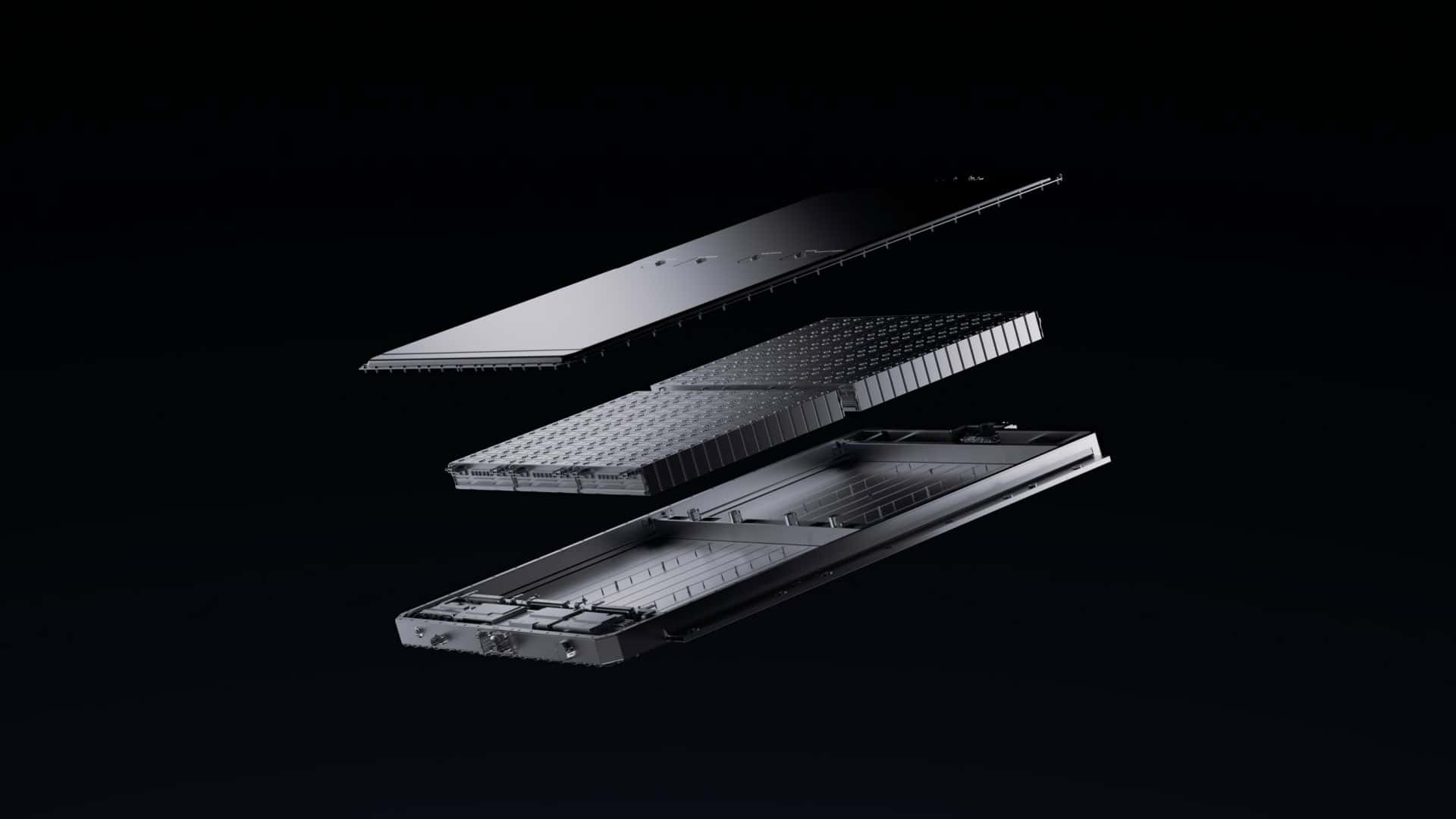Key Takeaways
- LG Energy Solution opens a $1.4 billion lithium iron phosphate battery plant in Holland, Michigan, enhancing U.S. battery manufacturing capabilities.
- The facility will produce batteries for energy storage systems, crucial for renewable energy and electric vehicle support.
- As LFP technology gains traction in the U.S., automakers aim to make EVs more affordable by localizing battery production.
Expansion of Battery Manufacturing in the U.S.
LG Energy Solution (LGES) recently inaugurated America’s first lithium iron phosphate (LFP) battery plant in Holland, Michigan. This $1.4 billion expansion adds to LGES’s existing operations, which already supply lithium-ion batteries to major automakers including General Motors, Honda, and Hyundai.
The new facility aims to produce LFP batteries specifically for energy storage systems (ESS). This move signifies a broader shift of LFP technology back to the U.S. market, which is crucial for both energy storage and making electric vehicles (EVs) more affordable. ESS can be utilized in rural areas that lack dense EV charging networks and can be charged using renewable sources such as solar or wind energy. Additionally, these systems can offer backup power for homes and stabilize the power grid during emergencies.
Bob Lee, LGES’s North America President, emphasized that traditional large-scale energy storage methods, such as hydroelectric power or compressed air, often require specific geographic conditions. In contrast, ESS provides a versatile energy storage solution applicable in various locations, allowing for greater accessibility.
LFP batteries share many core technologies and materials with EV batteries, though they differ in aspects like design, energy density, and longevity. Originating from research at the University of Texas at Austin in the 1990s, LFP technology has been primarily commercialized by Chinese manufacturers. While LFP batteries tend to have lower energy density than nickel manganese cobalt (NMC) batteries, their advantages include lower manufacturing costs and greater thermal stability, leading to reduced fire risks.
In China, LFP batteries now account for over 80% of EV sales, as local manufacturers have successfully narrowed the gap in energy density with NMC batteries. As a result, automakers are increasingly turning to LFP technology to reduce costs. Reports suggest that LGES and Samsung SDI are planning to shift their LFP battery production to the U.S. Ford is also building the BlueOval Battery Park in Michigan to manufacture LFP batteries domestically, using technology licensed from CATL, a major Chinese battery producer.
LGES is rapidly expanding its battery manufacturing footprint in North America, with eight plants either operational or under construction. However, if EV sales do not meet projected expectations, the abundant supply from these expansions may exceed demand. With current U.S. policy support for EVs beginning to wane, focusing on the burgeoning ESS sector may help LGES leverage its existing facilities while remaining adaptable to future shifts in EV demand.
The content above is a summary. For more details, see the source article.















